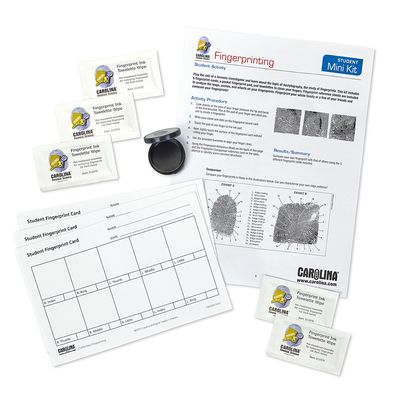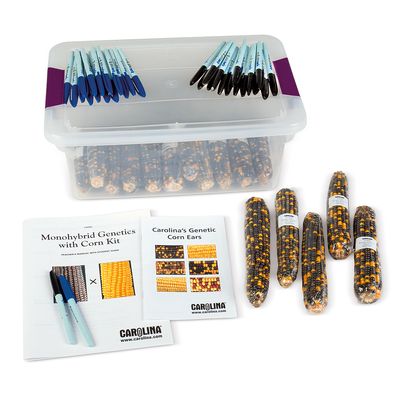Why include biotechnology in your middle school science curriculum? Studying basic biotechnology concepts and developing basic biotechnological skills (as well as those in the related disciplines of genetics and forensics) can help students understand the relevance of science to daily life, foster critical thinking and problem-solving skills, spark interest in STEM careers, complement career and technical education (CTE) topics, and work well for outside-of-school time (OST) activities. Carolina and the DNA Learning Center (DNALC) have codeveloped kits that make the latest biotechnology concepts and skills accessible to students and their teachers. Following are some recommendations for biotechnology/genetics/forensics middle school content that is standards-aligned, safe, and engaging.
About the DNALC
In 1988, Cold Spring Harbor Laboratory established the DNA Learning Center (DNALC) as the world’s first science center devoted entirely to public genetics education. With a mission of preparing students and families to thrive in the gene age, the DNALC is the largest provider of biotechnology instruction at the precollege level in the US. And for more than 35 years, the DNALC and Carolina have worked together to bring innovative, high-quality kits and teaching materials to educators.
Biotechnology’s Connection to Genetics and Forensics
In recent years, biotechnology has expanded into fields such as genetics and forensics, leading to new approaches and technological advancements that are revolutionizing all three disciplines. For example, increasingly sophisticated biotechnological methods and techniques are enabling genetic analysis of even tiny amounts of DNA. This, in turn, is driving the use of genetic analysis in forensic investigations, resulting in more accurate and efficient victim identification and crime-solving. Interested in materials focused specifically on forensics? Carolina offers a variety of forensic kits and resources that emphasize inquiry and analysis.
Activities
Subjects: Biology, forensics, anthropology
NGSS*: MS-LS1-4. Use argument based on empirical evidence and scientific reasoning to support an explanation for how characteristic animal behaviors and specialized plant structures affect the probability of successful reproduction of animals and plants, respectively.
Subjects: Biology, cell structure and function
NGSS*: MS-LS1-2. Develop and use a model to describe the function of a cell as a whole and ways parts of cells contribute to the function.
DNALC Online Resources:
DNALC Kit:
Subjects: Biology, enzymes, evolution
- Discuss the connections between genes, proteins, and enzymes
- Learn about enzymes and substrates
- Understand lactose intolerance and the role genes play in lactase production
- Carry out a chemical reaction similar to one that occurs in the human gut
- Immobilize an enzyme for repeated use in cleaving lactose into glucose and galactose
DNALC Online Resources:
Carolina Knowledge Center Article:
DNALC Kit:
Subjects: Forensics, patterns
DNALC Online Resources:
- DNALC Video: Let’s Give It a Whorl: Fingerprint Analysis
- DNALC Short: Finger Painting with Fingerprints
Carolina Knowledge Center Article:
Carolina Kits:
Subjects: Biology, genetics, human genetics
DNALC Online Resources:
Carolina Kits:
Subjects: Biology, genetics, Mendelian genetics
Subjects: Biology, genetics, mutation
Subjects: Biology, genetics, forensics, biotechnology
DNALC Online Resources:
Carolina Kit:
*Next Generation Science Standards® is a registered trademark of WestEd. Neither WestEd nor the lead states and partners that developed the Next Generation Science Standards were involved in the production of these products, and do not endorse them.
About The Author
Carolina Staff
Carolina is teamed with teachers and continually provides valuable resources–articles, activities, and how-to videos–to help teachers in their classroom.













